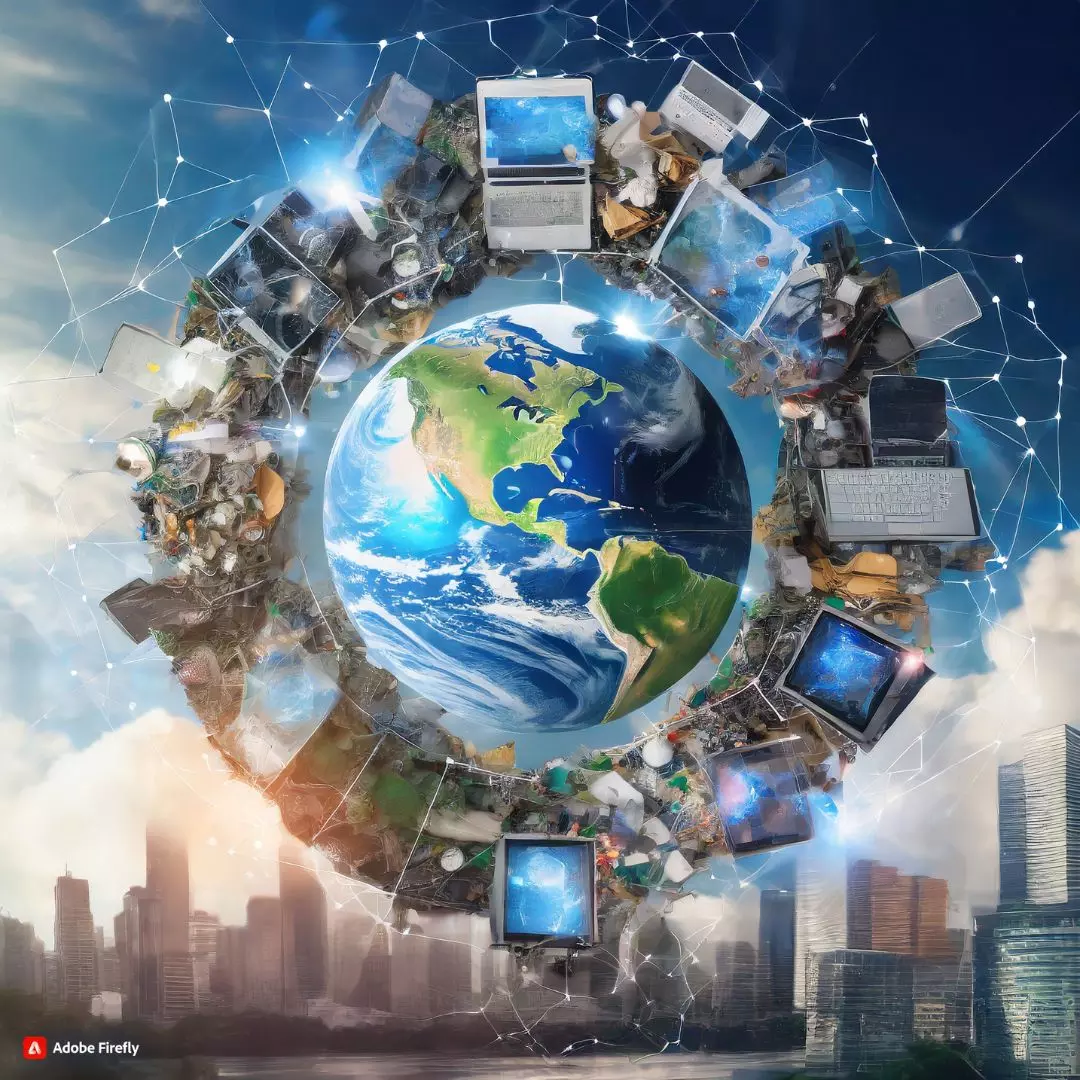In an era marked by technological advancement, the escalating challenge of electronic waste (e-waste) has prompted collaborative efforts between the U.S. Environmental Protection Agency (EPA) and international partners. From groundbreaking initiatives to comprehensive strategies, the joint endeavors aim to reshape the landscape of e-waste management globally.
“E-waste,” a term encapsulating used electronics nearing the end of their lifecycle, has become a pressing environmental concern. The U.S. EPA, recognizing the intrinsic value of these materials, actively engages in bilateral partnerships to address the adverse impacts of improper disposal, especially in developing countries lacking the capacity to handle electronic waste responsibly.
The EPA collaborates with the Taiwan Environmental Protection Administration (Taiwan EPA) in the International E-Waste Management Network (IEMN), fostering a platform for information exchange among environmental officials from various continents since 2011. These collaborative efforts align with the U.S. government’s National Strategy for Electronics Stewardship, focusing on enhancing electronics management throughout their lifecycle.
Multilateral Cooperation for Sustainable Solutions
A significant stride in the battle against e-waste involves the EPA’s collaboration with the Solving the E-waste Problem Initiative (Step), previously known as UNU-Step. Originating from a cooperative agreement in 2010, this collaboration aims to jointly tackle the e-waste issue in developing countries. The EPA, serving on the Step Supervisory Committee, plays a pivotal role in steering the initiative’s objectives.
Highlighting international cooperation, in March 2019, the EPA participated in the launch of the UNIDO-GEF project in Costa Rica. This project, under Step’s guidance, developed a tool to assess the generation, import, and export of e-waste in participating countries, promoting a standardized approach to environmentally sound management.
Recognizing the need for capacity building in developing nations, the EPA, in collaboration with UNU-StEP, undertook a comprehensive assessment of e-waste in Ethiopia. The multi-year effort, funded by the Global Environment Facility (GEF), aimed to strengthen Ethiopia’s e-waste management capabilities, culminating in various publications addressing e-waste challenges.
The International E-Waste Management Network (IEMN), supported by the EPA and Taiwan EPA, contributes to capacity building by providing a platform for annual workshops. These gatherings facilitate the exchange of best practices and innovative approaches to e-waste management among government officials from diverse regions.
Addressing Health and Environmental Concerns
E-waste poses serious health and environmental risks, especially in countries with inadequate regulations. Open-air burning, acid baths, and unsafe dismantling practices expose workers to harmful substances like lead, mercury, cadmium, and arsenic, resulting in irreversible health effects.
To address these concerns, the EPA funded UNU-StEP to lead a study on U.S. exports of used electronics. The resulting report, “Quantitative Characterization of Domestic and Transboundary Flows of Used Electronics,” laid the groundwork for understanding and mitigating the global impact of e-waste.
E-waste has emerged as the fastest-growing solid waste stream globally, with an estimated 53.6 million tonnes produced in 2019, yet only 17.4% formally collected and recycled. The World Health Organization (WHO) actively engages through its Initiative on E-waste and Child Health, contributing to international programs and pilot projects in Latin America and Africa.
As the world grapples with the mounting challenge of electronic waste, collaborative initiatives spearheaded by the EPA and international partners offer a glimmer of hope. From capacity building to multilateral cooperation, these efforts underscore the importance of a united front in reimagining e-waste management for a sustainable and environmentally responsible future.
Also Read: Global Urban Air Quality Report: A Deep Dive Into Pollution Divide











